In March 2025, a groundbreaking discovery in Spain has turned the study of human evolution on its head. Fragments of an ancient human ancestor’s face, dating back 1.4 million years, were uncovered at the Sima del Elefante cave in the Atapuerca Mountains. This remarkable find not only pushes back the timeline of human migration into Western Europe but also introduces a new mystery: who exactly was this early human? Was it Homo erectus, or perhaps an entirely unknown species? The discovery of these ancient remains opens the door to new possibilities in understanding the origins of human ancestors in Europe.
The Fossils: What Was Found?
The excavation of the Sima del Elefante cave site, located in the Sierra de Atapuerca, revealed fragments of an upper jawbone and a cheekbone. These remnants were buried around 60 feet deep, along with tools and animal bones showing signs of human interaction. The facial fragments were remarkably well-preserved, providing researchers with crucial insight into the physical appearance of early human ancestors.
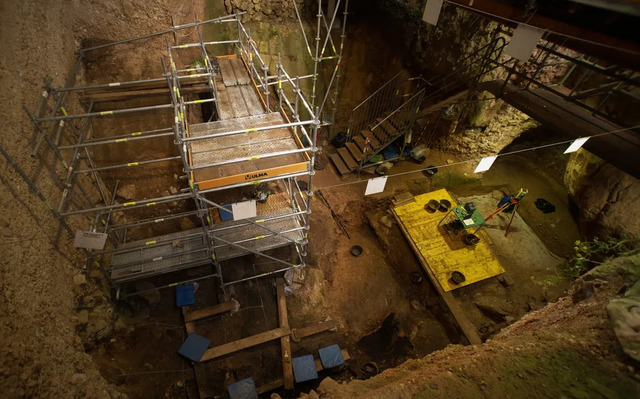
The fossilized remains, which were given the nickname “Pink,” after the study’s lead author Rosa Huguet, were determined to belong to an adult, though the individual’s sex remains undetermined due to the limited nature of the remains. The bones, however, offer a detailed snapshot of the early hominin’s facial structure. A flat and undeveloped nasal region, combined with other characteristics, indicated that the remains did not belong to Homo antecessor, as originally thought.
Video
Watch the video about the discovery of the oldest human fossils in Europe, rewriting the story of human evolution.
The Mysterious Ancestor: Homo Erectus or a New Species?
While Homo antecessor was previously assumed to be the earliest known human ancestor in Europe, the face of “Pink” has raised new questions. Unlike Homo antecessor, which had a more modern, vertical facial appearance, “Pink’s” face is more robust, with an outward projection. This difference in anatomy suggests that the individual might not be a member of Homo antecessor after all.
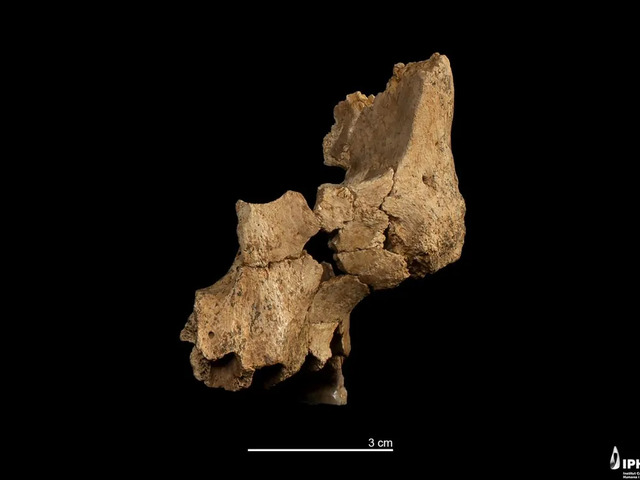
Instead, experts now speculate that the remains might belong to Homo erectus, an earlier species that began its migration out of Africa around 1.8 million years ago. Homo erectus is known to have spread through the Levant and into Asia, but evidence of their presence in Western Europe has been scarce. The discovery of “Pink” provides the possibility that Homo erectus reached Europe at least 1.4 million years ago, far earlier than previously thought.
However, some researchers are considering the possibility that the facial bones belong to an entirely new species, one that represents an evolutionary bridge between Homo georgicus—an ancient ancestor found in Georgia—and Homo antecessor. If confirmed, “Pink” would fill a critical gap in understanding the migration and evolution of human ancestors in Europe.
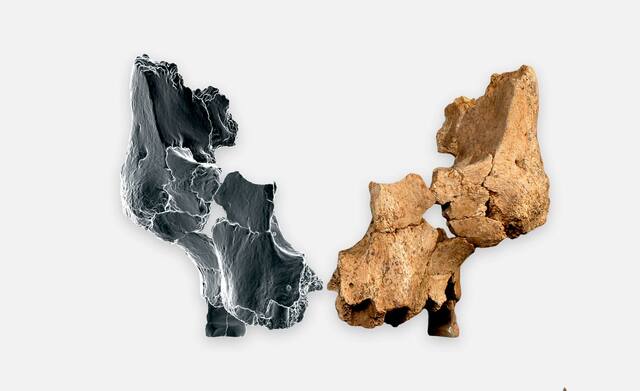
The Site of Sima del Elefante: A Key Location in Human Evolution
The Sima del Elefante cave has long been a significant site in the study of early human evolution. Located within the Atapuerca Mountains, this region has produced numerous fossil remains over the years. Archaeologists have found a variety of hominin species in the cave, including Homo antecessor, which was initially thought to be the earliest hominin in Europe.
What makes the discovery of “Pink” so extraordinary is that it comes from a much earlier period—around 1.4 million years ago. The region, rich in natural resources, likely served as an important corridor for early humans migrating across the continent. With evidence of early human settlements, tools, and even evidence of butchering animals, the site continues to provide valuable insights into the lives and practices of our ancestors.
Tools and Evidence of Early Life
Alongside the facial fragments, researchers also uncovered simple tools made of quartz, chert, and limestone. These tools, though basic, suggest that early humans at Sima del Elefante were capable of utilizing the resources available to them. The presence of animal bones with cut marks further indicates that these hominins had developed effective hunting and butchering techniques, relying on their environment for sustenance.
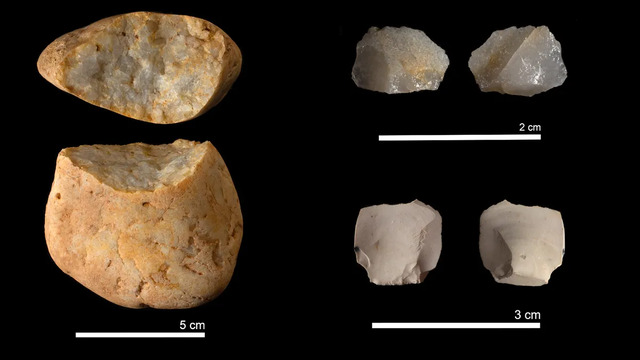
The discovery of these tools further cements the importance of the Atapuerca Mountains as a key site for understanding early human life in Europe. The simple stone tools found in the cave demonstrate the hominins’ ability to adapt and thrive in their environment, marking a significant step in human evolution.
Theories on the Movement and Expansion of Early Humans
The migration of Homo erectus out of Africa around 1.8 million years ago is a critical milestone in the history of human evolution. Early humans traveled through the Levant and across Eurasia, eventually reaching Western Europe. The discovery of “Pink” suggests that Homo erectus may have arrived in Europe much earlier than previously believed, pushing back the timeline for human migration into the region.
Moreover, the overlap of different species in Western Europe, including Homo erectus and Homo antecessor, raises important questions about the dynamics between these early humans. Did Homo erectus and Homo antecessor coexist in the same regions for some time, or did they replace one another over millennia? Future studies and excavations at Sima del Elefante may provide further answers to these complex questions.
The Name “Pink”: A Nod to Rock History
The nickname “Pink” for the fossil was not only a tribute to Rosa Huguet, the study’s lead author, but also a nod to the iconic rock band Pink Floyd. The name symbolizes the uniqueness and groundbreaking nature of the discovery, just as the band’s music is seen as revolutionary. This playful connection between paleontology and rock culture underscores the significance of the find and its place in both scientific and popular history.
Challenges in Identifying the Species
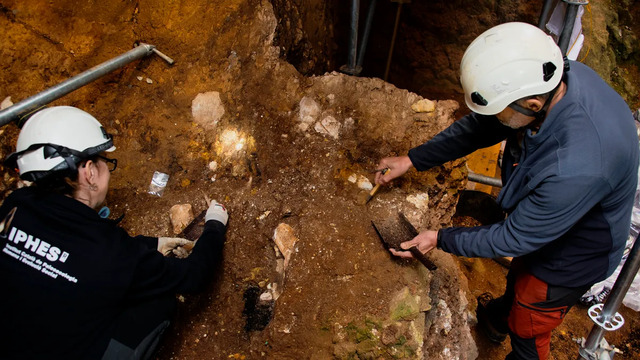
Despite the advancements in imaging and 3D analysis, the identification of “Pink’s” species remains inconclusive. The differences between Homo erectus and Homo antecessor are subtle, and the fragmentary nature of the remains complicates efforts to definitively categorize the fossils. However, the continued study of these bones and further excavation at Sima del Elefante may provide the necessary evidence to clarify the species and fill in the gaps of human evolutionary history.
Conclusion: The Future of Human Evolution Research
The discovery of “Pink” marks a significant milestone in the study of human evolution. As the earliest human fossil found in Western Europe, it challenges previous assumptions about the timeline of human migration and the species that inhabited the continent. While much remains to be discovered, this find opens the door to further research and exploration into the origins of our ancestors in Europe.
With continued excavation and analysis, we may one day have a clearer understanding of the complex history of human evolution and the forces that shaped our development. The story of “Pink” reminds us that the past is still unfolding, and with each new discovery, we come closer to understanding the path that led to modern humans. The journey is far from over, and as researchers continue their work, we can expect even more groundbreaking revelations about our ancient past.
Video
Watch the video from BBC News about modern humans arriving in Europe thousands of years earlier than previously thought.



